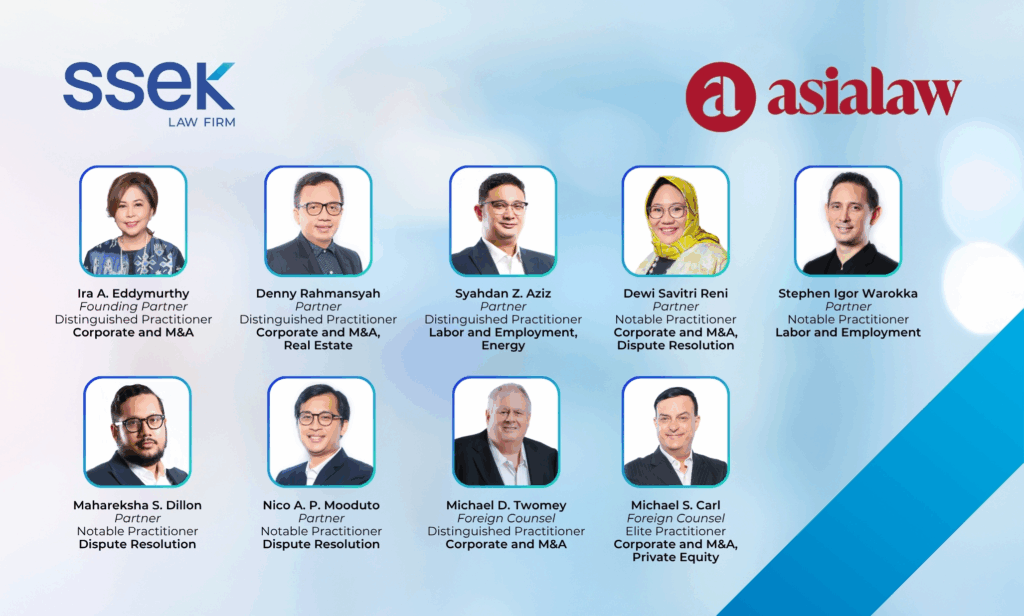19 May 2021
In our last post, we looked at how blockchain could be deployed by the aviation sector. We mentioned that when combined with a smart contract, routine events under aviation financing documentation could be automated. Today, we explore this potential more deeply to see how smart legal contracts (SLCs) can transform legal contracts into powerful 21st Century business tools.
How does a SLC work?
SLCs permit contractual obligations to be automated, meaning that the multiplicity of processes recorded by a traditional contract can be run with minimal or no human intervention. SLCs achieve this with a mix of natural language (as in a traditional contract) and Smart Clauses: machine readable expressions of contractual terms that contain a form of conditional logic, such as computer code or programming. Computer code containing the Smart Clauses is embedded in a distributed ledger such as blockchain. When external data sources (called oracles) are connected, they provide SLCs with real-world data, enabling the computer code to monitor and evaluate whether the conditions of the Smart Clause have been met. If so, the SLC will then carry out the digital promise and execute transactions in accordance with the terms of the Smart Clause.
For businesses, SLCs allow legal agreements to be created, executed, managed and maintained in a cheaper, more transparent and efficient manner. In addition, being stored on a blockchain platform, the SLC will have a single source of truth meaning there should be no disputes as to the most up-to-date contract (including variations, supplements and notices), and parties will save time by not needing to locate missing documents.
SLCs in the aviation sector?
The aviation blockchain market is expected to grow by over three times by 2025, according to one report.[1] SLCs are expected to be a driver of this growth, as aviation bodies capitalise on the promise of automated processes running on a secure platform.
SLCs can be coded to monitor circumstances that trigger certain deliverables under a lease, or otherwise affect a lease’s performance.
SLCs are ideally suited to automating the repetition of deliverables under an aviation lease. When a triggering event occurs, the SLC can either notify the parties that a certain performance is required, or otherwise execute the clause itself.
-
For example, insurance certificates need to be provided on agreed review dates. The review date is the triggering event which will prompt the SLC to send an automatic request to the lessee on the lessor’s behalf.
-
Alternatively, if supported by insurance systems, the SLC could entirely self-execute. This means it could download the certificate, verify it according to the requirements set out in the lease and coded into the clause, and send the certificate to the lessor with a notification that the certificate has met the criteria. If it doesn’t meet the criteria, the SLC could instead notify the parties of the defect(s) and flag for further review.
-
Another example is when a fixed amount is payable on a recurring basis or upon a pre-agreed trigger event. A party can input a payment request on the blockchain. Then, using the terms in the SLC and data recorded on the blockchain, the request will be assessed for legitimacy: does the request satisfy the parties’ agreed positions? If so, the request passes the consensus checks and payment can be endorsed.
-
Relevantly, SLCs are not an all-or-nothing proposition. Parties can agree that payments over a specified threshold still need human approval, and only some, but not all, payment obligations will be automated.
-
SLCs can also be set up to monitor external websites for changes such as the release of financial accounts or the making of material announcements. When such a change is detected, the parties can be immediately notified. Not only would this streamline communication, it would also ensure that the parties remain continually abreast of circumstances and information that affect the ongoing performance of a lease.
SLCs can identify where and when maintenance is required.
The MRO market is expected to increase nearly 1.5 times by 2028.[2] SLCs can play a crucial role in streamlining maintenance and saving costs. If MRO systems support it, SLCs can be coded to automatically prompt maintenance and maintenance scheduling.
-
By way of example, an engine’s cycles could be linked to a sensor that, connected to the internet, could send data to a SLC. The SLC would already know the terms of the maintenance schedule. When the number of cycles reaches the trigger level, the Smart Clause could schedule servicing. When completed, the servicing will then be recorded on the blockchain to automatically form part of the engine’s immutable maintenance record.
-
Relatedly, data can be fed to the SLC to automatically notify of maintenance required or maintenance having been completed. Parts can also be monitored by SLCs, which will keep track of how long they’ve been away, where they are, and how often they’ve been maintained. This encourages and is facilitative of robust compliance.
Conclusion
By automating routine parts of airline documentation, SLCs open up opportunities to streamline processes, increase savings in time and cost, and safeguard against delay and error. Given the potential systemic impact of SLCs (along with the underlying blockchain infrastructure) on global business in the next decade and beyond, it is in the interests of many, including the aviation industry, to proactively engage with the technology in order to develop its potential for increased efficiency, innovation and co-operation in the digital sphere.
For further information, please contact:
May Tai, Managing Partner, Herbert Smith Freehills



